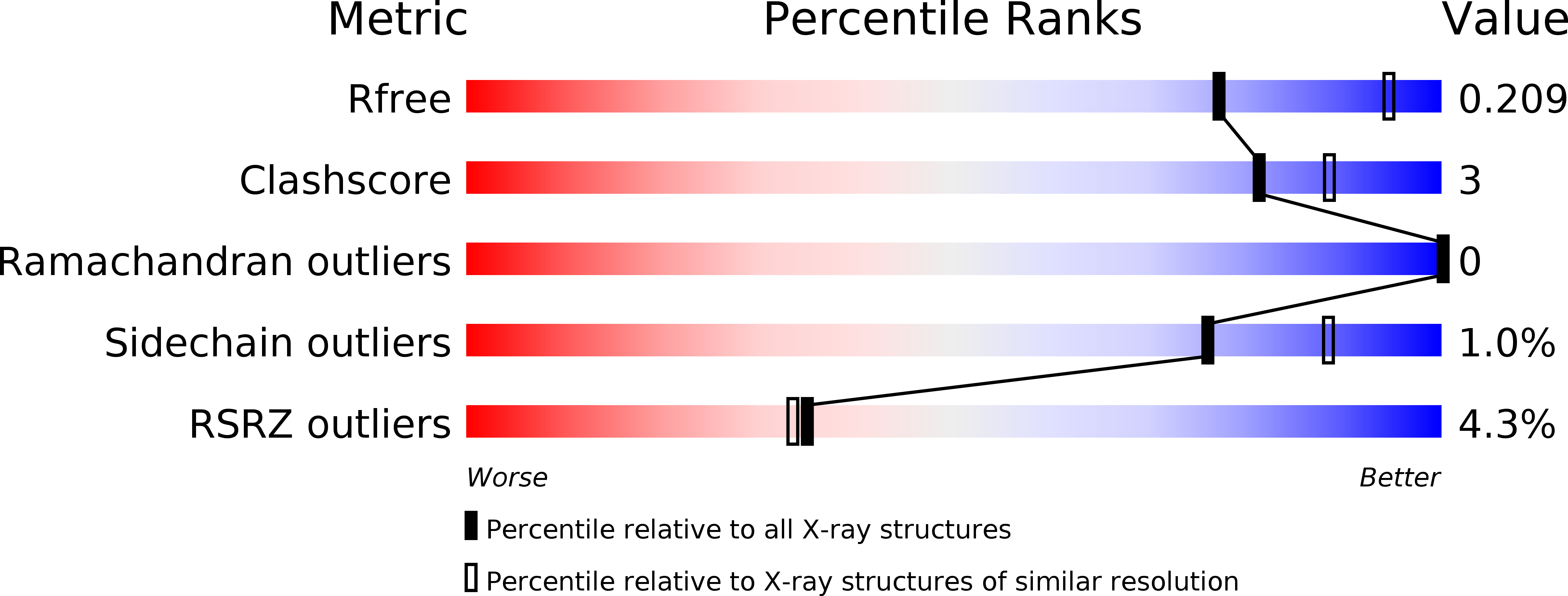
Deposition Date
2017-11-07
Release Date
2018-03-14
Last Version Date
2024-03-13
Entry Detail
PDB ID:
6BK5
Keywords:
Title:
Inactive choanoflagellate E3 ubiquitin ligase Cbl TKB
Biological Source:
Source Organism:
Host Organism:
Method Details:
Experimental Method:
Resolution:
2.40 Å
R-Value Free:
0.20
R-Value Work:
0.16
R-Value Observed:
0.16
Space Group:
P 31 2 1


